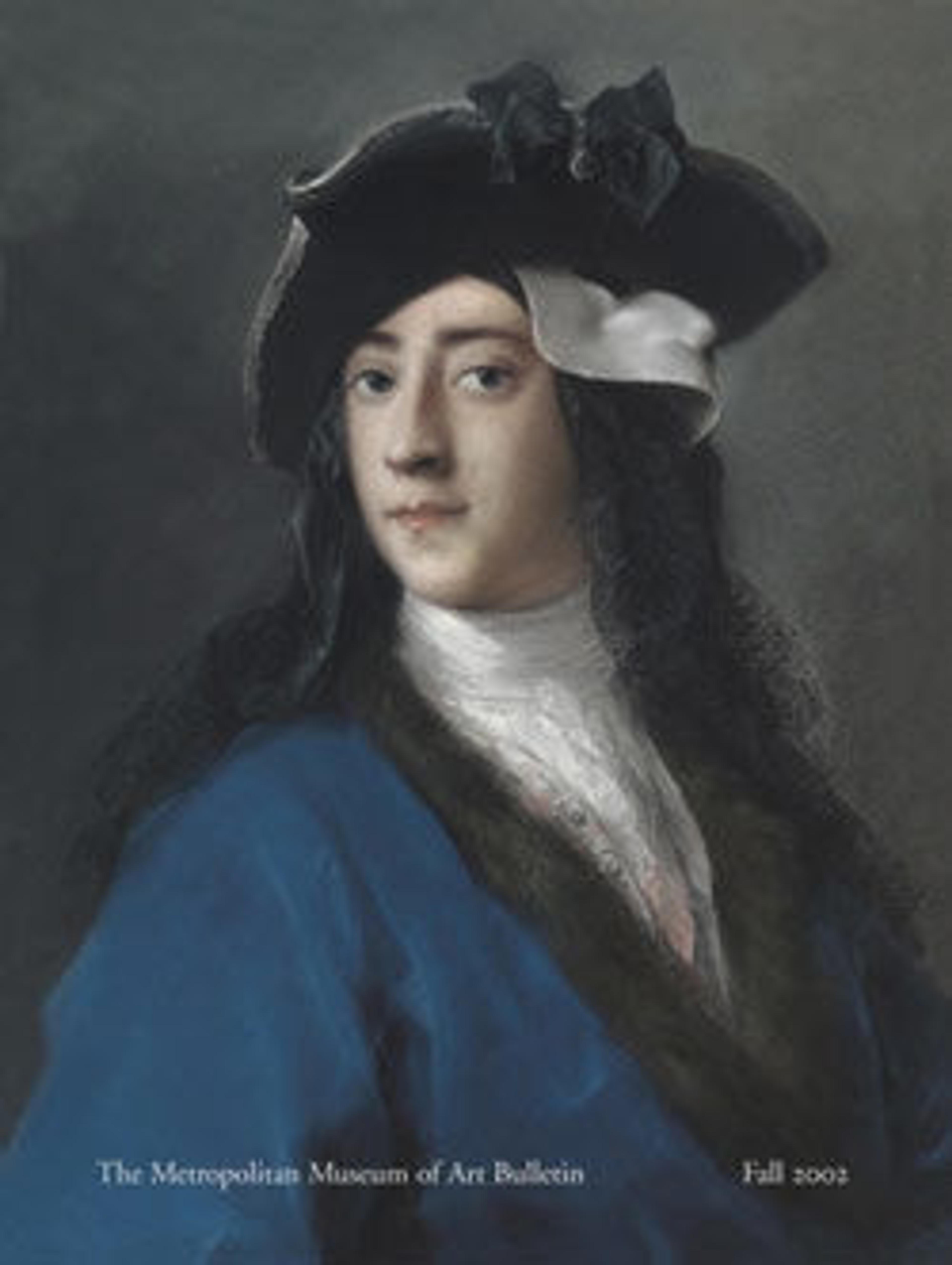The Virgin Adored by Saints (recto); Study of the Torso Belvedere (verso)
Recto:
These rapidly executed sketches represent Rubens's first ideas for an altarpiece commissioned by the Church of the Augustinian Fathers in Antwerp, now in the city's Royal Museum of Fine Arts. At top center, Saint Catherine kneels before the Virgin and Christ Child, while to the left is a more detailed study of her drapery. Below, several other saints are depicted with gentle outlines. In the foreground, from left to right, Saints George, Sebastian, and William of Aquitaine pay homage to the Virgin. Although Rubens later altered the composition, he incorporated several elements from this early stage of his creative process into the painting.
Verso:
This drawing was made by Rubens as a young man on his first trip to Rome, in 1601–2. It is a study of the back view of the an antique sculpture dating to the first century B.C., which belonged to the Colonna family in the seventeenth century and is today in the Vatican Museums. Using red chalk and a technique of soft overlapping hatching, Rubens produced lifelike results that belie the marble material of his subject.
These rapidly executed sketches represent Rubens's first ideas for an altarpiece commissioned by the Church of the Augustinian Fathers in Antwerp, now in the city's Royal Museum of Fine Arts. At top center, Saint Catherine kneels before the Virgin and Christ Child, while to the left is a more detailed study of her drapery. Below, several other saints are depicted with gentle outlines. In the foreground, from left to right, Saints George, Sebastian, and William of Aquitaine pay homage to the Virgin. Although Rubens later altered the composition, he incorporated several elements from this early stage of his creative process into the painting.
Verso:
This drawing was made by Rubens as a young man on his first trip to Rome, in 1601–2. It is a study of the back view of the an antique sculpture dating to the first century B.C., which belonged to the Colonna family in the seventeenth century and is today in the Vatican Museums. Using red chalk and a technique of soft overlapping hatching, Rubens produced lifelike results that belie the marble material of his subject.
Artwork Details
- Title: The Virgin Adored by Saints (recto); Study of the Torso Belvedere (verso)
- Artist: Peter Paul Rubens (Flemish, Siegen 1577–1640 Antwerp)
- Date: 1597–1640
- Medium: Pen and brown ink (recto); red chalk (verso)
- Dimensions: 15 9/16 x 10 1/4 in. (39.5 x 26 cm)
- Classification: Drawings
- Credit Line: Purchase, 2001 Benefit Fund, 2002
- Object Number: 2002.12a, b
- Curatorial Department: Drawings and Prints
More Artwork
Research Resources
The Met provides unparalleled resources for research and welcomes an international community of students and scholars. The Met's Open Access API is where creators and researchers can connect to the The Met collection. Open Access data and public domain images are available for unrestricted commercial and noncommercial use without permission or fee.
To request images under copyright and other restrictions, please use this Image Request form.
Feedback
We continue to research and examine historical and cultural context for objects in The Met collection. If you have comments or questions about this object record, please contact us using the form below. The Museum looks forward to receiving your comments.
